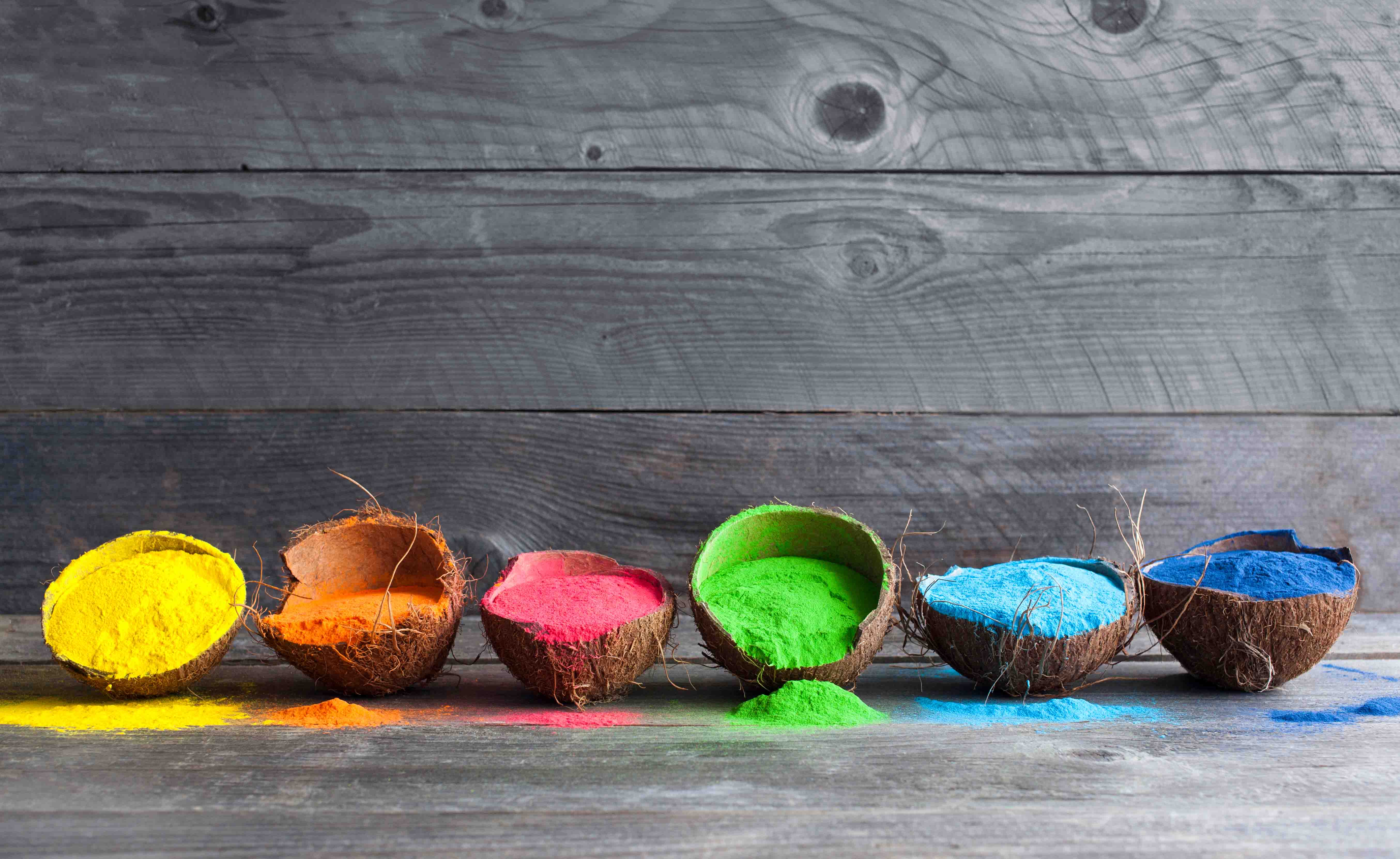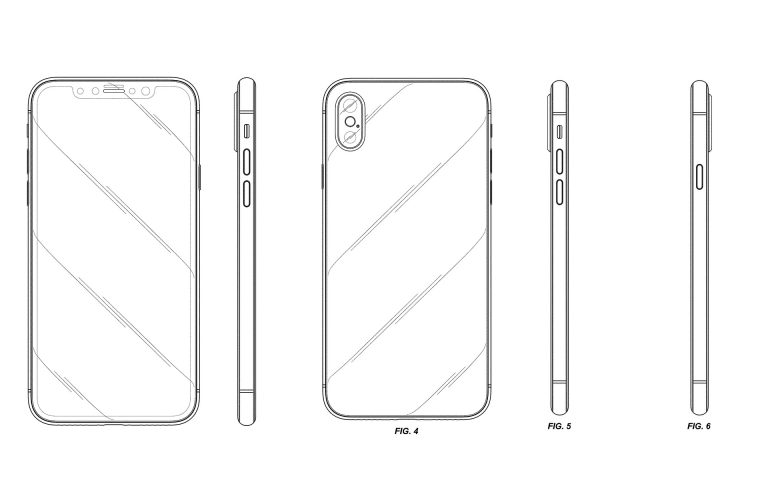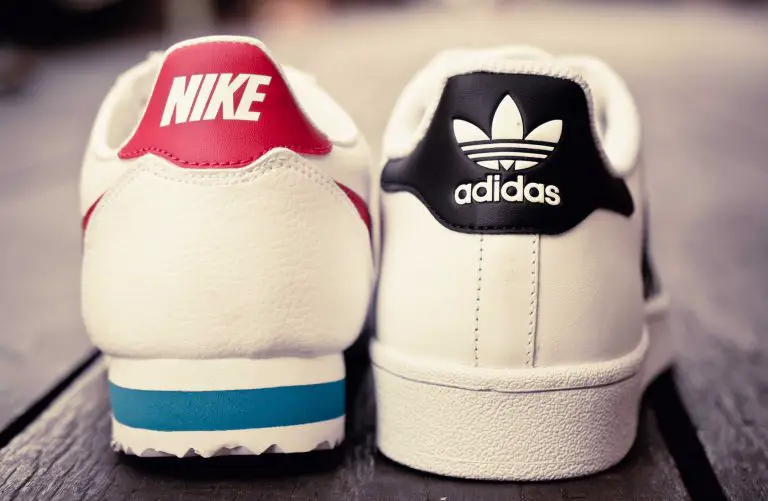Can you Patent a Color?
If you found the perfect color for your product or service, you might be wondering whether you can patent that color. The USPTO (The United States Patent and Trademark Office) grants design patents to inventors that protect the aesthetic or ornamental appearance of an object for a limited period of time. In the case of design patents, this protection applies for 15 years from the date the patent office grants a design patent application.
So, why do people get design patents? Inventors of design obtain design patents because they allow them to restrict others from using, making, selling, or offering to sell the item bearing the inventor’s design. This reduces the chances of another party copying and passing of the design as its own. So, can a color be patented? Read below to find the answer.
Can You Patent a Color?
Whether you can patent a color depends on whether you’re patenting a single color or a color as part of an entire design. A single color cannot be patented, but color as part of a complete design can be patented. For example, if you want to patent the color blue, you won’t be able to patent it. However, if you have a design that includes the color blue, you can obtain a patent protecting the entire design.
If you want to patent color as part of your design patent, you will have to submit color drawings or color photographs as part of your design patent application. However, since the patent office prefers black and white drawings, you will have to file a petition with the patent office, explaining why your inclusion of color drawings is necessary for your design.
Once your petition is approved, you can send in color drawings or photographs that show the color you’re claiming as part of your design. Once you submit color photographs, the patent office will consider the color a necessary part of your design.
Just remember that the patent office will not allow you to patent a color if it’s functional. To patent a color as part of a design, it has to be ornamental, something that only improves the appearance of an object and not its function.
For example, if Ferrari used the color red on its breaks to reduce the amount of heat that’s trapped within its braking system, that would be considered a functional use of the color red and would not be eligible for a design patent. Whereas, if it’s using the color red to make the breaks look prettier, they may be able to obtain a design patent that includes the color red.
That said, if you want to patent a single color, you might still be able to do so by trademarking that color. So, how do you do this? We will discuss this below.
Trademarking a Color Instead of Patenting It
Now that you know you can’t patent a single color, your color may qualify for protection under trademark law. If you have a certain color that your customers associate with your product or service, you can trademark that color by registering the color with the USPTO.
For example, Tiffany & Co. has registered its trademark for the color turquoise blue as it relates to jewelry. By registering this color, Tiffany & Co. is able to prevent others in the jewelry industry from using their color as it relates to Jewelry. For example, a jeweler in any part of the United States is prohibited from selling and advertising his jewelry by using a turquoise blue box. This is so because customers looking to purchase jewelry have come to associate the turquoise blue color with the Tiffany Brand.

But remember, even if you’re able to trademark a color, you will be limited in using the trademarked color to a class of products. For example, Tiffany only has rights when it comes to turquoise blue when customers can confuse the products of another party with products from Tiffany.
For example, although Tiffany can prohibit a jeweler from selling a necklace that’s boxed in a turquoise blue box, it probably would not be able to prohibit a party selling car shocks from using this color on their product packaging.
So, if you have a color that indicates you or your business as a source of the good or service, you can go ahead and seek to protect it by registering it with the trademark office.
Note: Getting a color trademarked is pretty difficult and can only be done in situations where customers strongly associate a color with a particular brand. The trademark is often hesitant to offer trademark colors because colors are finite. Imagine if every color under the sun is trademarked, there wouldn’t be any colors left for others to use. So, your best bet is to contact an attorney, explain your situation, and see if he recommends proceeding with registering your color as a trademark.
How Do You Trademark a Color?
Before trademarking a color, you should conduct a trademark search to determine whether someone else has already registered the color that you want to register for your goods or services. If the trademark search returns no results, you’re ready to prepare and file your trademark registration form.
You can do this by heading over to the USPTO website and filling out the required information. You will have to provide information such as your name, address, and the class of goods or services that you want to register the color for. Once you’ve prepared the application, you will need to file it and pay the associated filing fees.
After filing your application the trademark office will assign your trademark a serial number that you can and should use to periodically check the status of your application. The trademark office may recommend amendments or changes to your application, so if you receive a letter make sure you reply to it with the required information.
Should You Trademark It?
If you have a color that customers strongly associate with your product or service, it might be worthwhile to register it with the trademark office, so that you’re protected nationwide and can bring a lawsuit against any party that uses the color in connection with goods or services that are similar to yours. We do recommend that you seek the help of a trademark attorney who can better explain to you what suits your specific needs.
What Protection Do You Get by Trademarking a Color?
If you successfully register a color as a trademark for your goods or services, you will be able to restrict others from using the color to sell similar goods or services. Remember, that you won’t be able to stop everyone from using the color, you will only be able to stop others from using when customers may confuse their use of it on their products or service with your use of it.
Said differently, if you have registered the color blue as a trademark for your nail clippers and someone else is using the color blue on pedicure set, you will be able to bring a lawsuit against for infringing upon your trademark. However, the case would be different if they’re using the color blue on a set of car floormats because they have are not related to the product you’re offering and it’s unlikely that customers will confuse the source of goods or services.
How Much Does Trademarking a Color Cost?
When trademarking a color, you have two sets of fees that you are responsible for. Registration fees and attorney fees. You should expect to pay the trademark office $275 for each class of goods that you want the color trademark to apply to. In addition to registration fees, if you want an attorney to assist you in preparing and filing your trademark application, you will need to budget an additional $1,500 to $2000 for their assistance.
In total, you’re looking at between $1,775 to $2,275. That said, the amount an attorney will charge you may change depending on the complexity of your trademark application and your geographical location. This is because attorneys in different locations charge different fees for their services.
Note: If you want to protect your trademark for several different products and services, the cost to trademark them will be more. This is so because the trademark charges $275 for each class of goods. For example, if you want to protect the color trademark to sell sunglasses and car products, you may need to pay $275 for the class of sunglasses and an additional $275 for the class of car accessories. So, just keep this in mind as you’re calculating the amount you need to pay to register your trademark.
Patenting a Color
By now, you should probably know that you cannot patent a single, but you can paten the color if it’s part of a design. That said, if you want to protect color, you might be able to do so by registering it with the trademark office if you’re using to identify you or your business as the source of goods or services. If you have any general questions or comments, please feel free to leave them in the comments section below.







